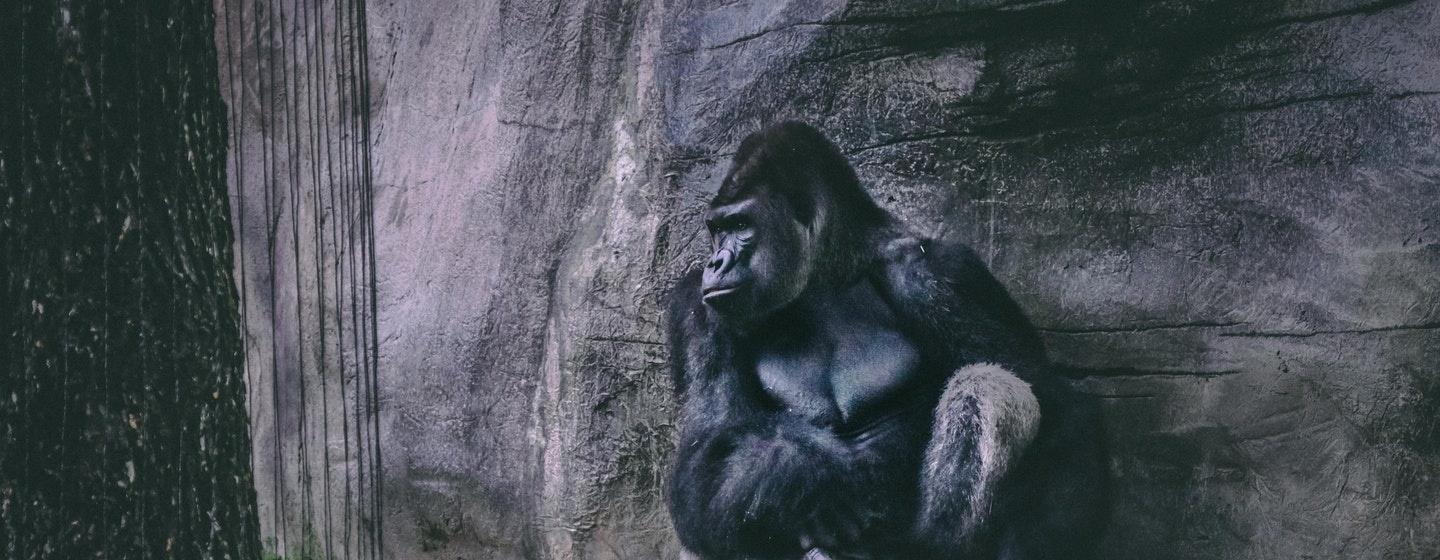Natural Resources of West Africa
Students will explore a physical map of West Africa that includes the location of natural resources, main transportation routes, and most populous cities.
Effective Use of Resources: Crossword Puzzle Activity
Review the activity on economic resources, and then try to complete this crossword puzzle.
Global Trends Quiz
This interactive quiz from NOVA tests users' knowledge of humanity's present-day consumption behavior and living conditions.
Women in Islam
Multiple part lesson plan and materials
Explore basic beliefs and practices of Islam and examine the different views of women's roles in Islam and modern American society in this lesson.
The Five Pillars of Islam
In this lesson, students explore and understand the basic beliefs of Islam as well as the Five Pillars that guide Muslims in their daily life: belief, worship, fasting, almsgiving, and pilgrimage.
The Berlin Conference of 1884-1885
NO CC
Lessons plans to be used in tandem with hour six of Africa's Great Civilizations.
The Three Questions of Economics
Students will read and take notes on the three main questions of economics. These are what to produce, how to produce it, and who to produce it for. Students will then apply what they've learned to three scenarios.
Africa: Teacher Tools: Exploring African Culture
Students will explore the role of oral tradition in African cultures. They will read articles about the daily lives of people in several African countries, and create a mock interview based on the information.
Wonders of the African World
Every culture has its own special identity, demonstrated through its music, clothing, religion, food and social customs. Throughout our African journey, take a closer look at the rich and unique traditions of the people.
Religion: Three Religions, One God
Three of the world's major religions -- the monotheist traditions of Judaism, Christianity, and Islam -- were all born in the Middle East and are all inextricably linked to one another.
African Masks
Artist Maude Alexander shows some of the African masks in her collection and talks about how African masks are more than aesthetic artifacts.
Manjani: West African Dance
The Imani Dance and Drum Company perform the Manjani, a West African dance that celebrates an important event such as the harvest (as in this performance), a wedding, or a naming ceremony.



